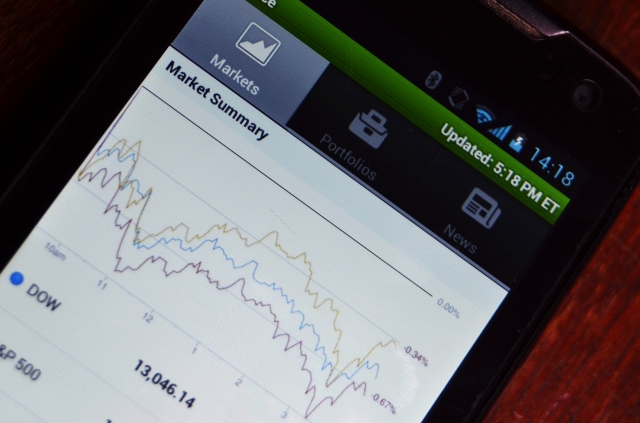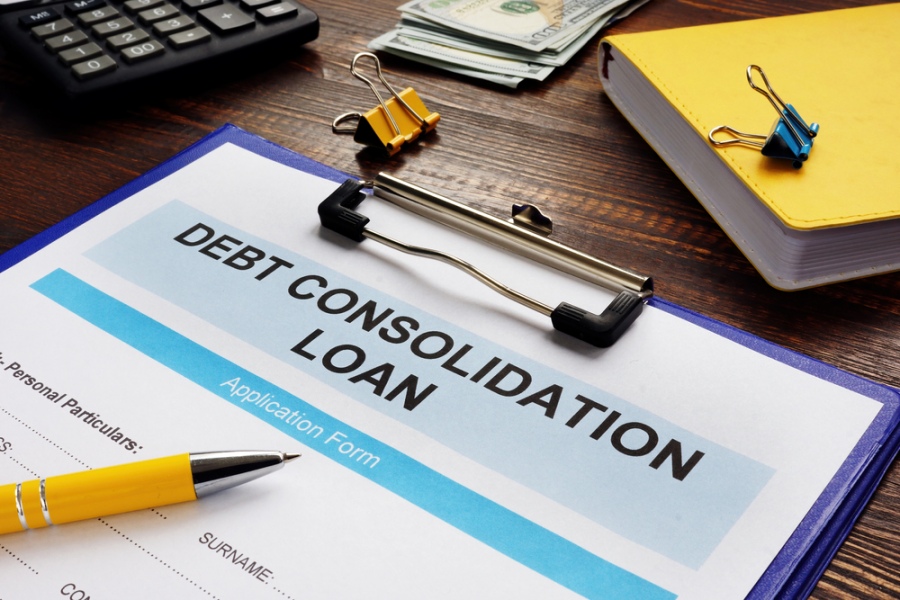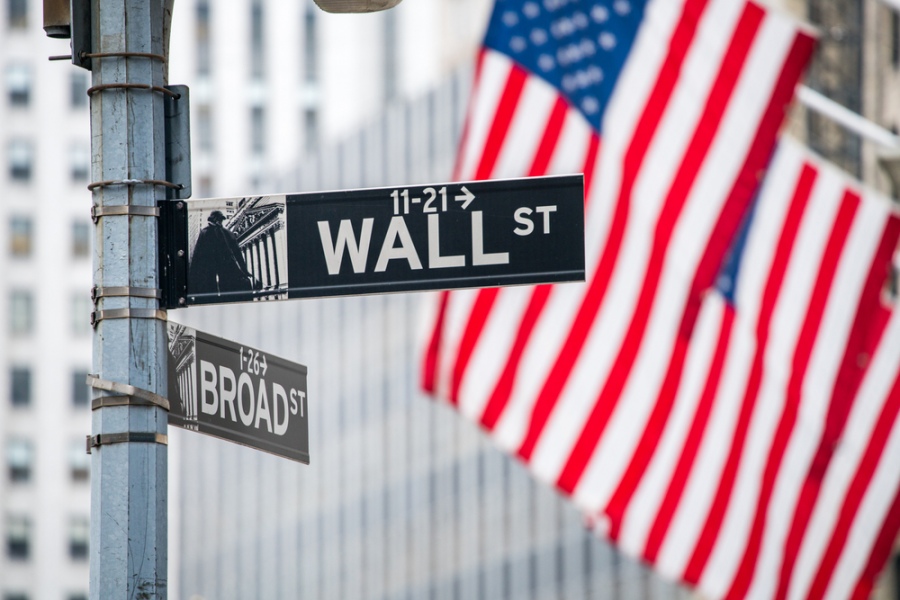People all around the world are obtaining loans for things they use everyday such as a homes, cars, even the food they eat. If you have ever used a credit card to pay for your groceries, you have used a loan to put food on the table! Loans can be obtained for numerous reasons, and thus there are many different types. So, what kind of loans are out there and how are they different?
Secured vs Unsecured
There are two major types of loans, secured and unsecured. Secured loans are loans backed by an asset belonging to the recipient of the loan (the borrower). If the borrower defaults on their loan, the lender will collect the asset (or assets) agreed upon in the contract.
An example of a secured loan is a home mortgage, or a car loan. In the event the borrower defaults on their mortgage, the lender will force the borrower to vacate the premises and collect the home in order to assure they don’t lose money on the loan.
An unsecured loan on the other hand is a loan that is not backed by any asset, and thus is harder for the lender to guarantee they will get any money back if the borrower defaults. Unsecured loans are much higher risk for the lender, and thus usually come along with higher interest rates and strict deadline terms.
Credit cards and student loans are both unsecured loans, and it is difficult for the lender to collect any assets if the borrower defaults. Most lenders will use debt collection agencies to obtain the debts caused by a defaulted, unsecured loan.
There are three other types of loans, however each of these are also classified as either secured or unsecured on top of their direct classification. The most common of these three is known as a subsidized loan. These are loans on which the interest is either reduced or eliminated until certain qualifications are met. In the United Sates, most student loans are subsidized and the student will not accumulate taxes so long as they are a full time student.
Another type of loan is called demand loans
These are loans that do not have a specific repay date, and do not have a fixed interest rate. The interest rates on these loans fluctuate with the market, and may go up or down at any time. Demand loans can be recalled by the lender at any time and the borrower is expected to be able to repay the loan. Demand loans can be subsidized or unsubsidized depending upon the contract set up between the two parties.

And lastly we find the concessional loan. These loans are uncommon and usually are offered as part of a benefits package to employees of a company, or to struggling third world countries. Concessional loans have interest rates and terms that are far more generous than the industry standard, and usually offer the recipient of the loan grace periods to make payments if they are missed.
As we continue to purchase more expensive items, such as cars, graduate school educations, larger homes, and more expensive furnishings, loans will become more and more prevalent in our lives. It is important to know what type of loan you are receiving, what the terms are, and especially if the loan is secured or unsecured.
Featured images:
Image courtesy of Cheap photo stock
Image credit MyBlogGuest.com
This article was written by Credit Innovations. Scott Been has established his business in Houston, Texas and has a satisfied client base, which has helped increase many peoples credit scores.





